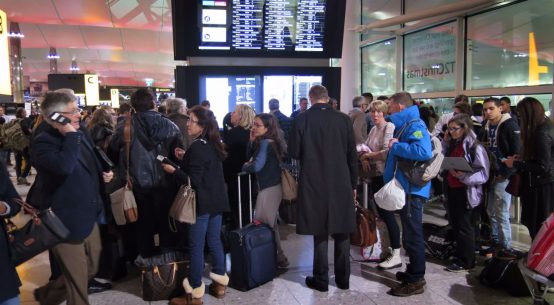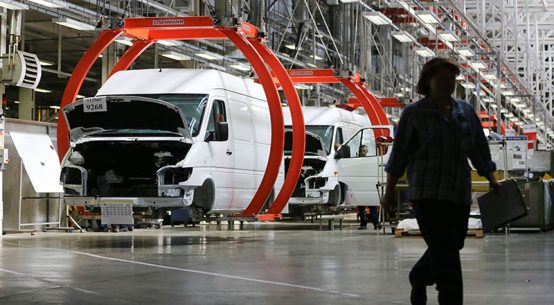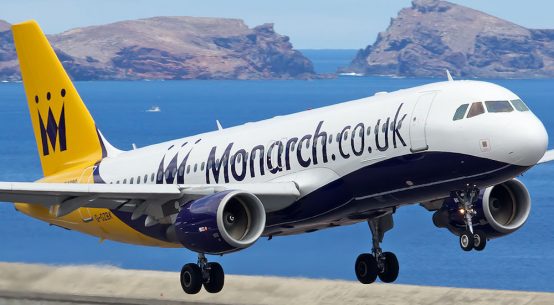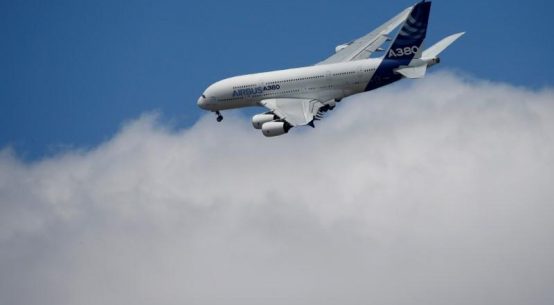
Airports aren’t the bus depots that they once were, stuffed with rows of hard-backed seats facing the departure gates. Now airports aiming to attract budget travelers assume that some will bed down between flights.
If you’re in that fare bracket, your first plane could arrive around midnight and your connector just a few hours later.
If a flight from Taipei lands in Bangkok at midnight for a connector to Vientiane at 6 a.m., for instance, you might be tempted to snooze in the terminal instead of blowing money on a hotel for just a few hours.
Asia has led much of the world’s trend in budget air travel, adding to tourism booms in Japan, South Korea, Taiwan and much of Southeast Asia.
Now airports aiming to attract budget travelers assume that some will bed down between flights.
Budget airlines make up half of air travel in parts of Southeast Asia, 10% in China and 20% of the Japan-South Korea market. The international average in 2013 was 23% of departures.
Follow us on Twitter for more Logistics News
Demand for sleep

The region’s airports need to keep up with this 24-hour demand, as a lot of them are jockeying for position as transit hubs, which is good for generating business from retail tenants as well as from the airlines.
All but naturally, the 2017 online passenger survey by heavily cited website Sleepinginairports.net gives Asian airports five of the top 10 spots for sleep-ability.
The world’s best airport for sleeping was Changi International in Singapore. It got the survey’s most votes because of its massage chairs, free movies, Xbox 360 gaming stations and sparkling interiors. Seoul Incheon International Airport took the No. 2 space because of lounge chairs, movies and access to transit tours.
Tokyo’s in-town Haneda airport ranked third, Taiwan’s major international airport fourth and Osaka’s sixth. Non-Asian airports on the 2017 list included Munich (fifth place), Vancouver, Helsinki and Tallinn and Zurich.
Because “self-connecting” traffic is expanding in Asia, “it is no surprise that five of the top 10 airports are in that region of the world,” says John Grant, senior analyst with air travel intelligence firm OAG. Self-planning, self-guided travelers “are prepared to accept a lengthy stopover to secure a lower total airfare for their journey,” he says.
Odd-hour layovers mean business
Asian airports are paying increasing attention to layover passengers as they realize they can generate revenue through airport amenities, Grant adds. Some services are for the sleepy; others for those who can’t quite shut down.
2017 online passenger survey by heavily cited website, Sleepinginairports.net gives Asian airports five of the top 10 spots for sleep-ability.
Round-the-clock convenience stores and quick city tours such as the one in Seoul count layover passengers as customers. The same goes for sleeping pods, which are booths rented by the hour and found in Asian airports such as Kuala Lumpur’s.
Follow us on Facebook for more Logistics News
“The rapid emergence of low-cost airlines in Asia and the subsequent emergence of new passengers who require lengthy stopovers can be a valuable source of revenue to airports and their suppliers, so we should expect to see more developments in the next few years in this area,” the analyst says.
Haneda’s creature comforts make it easy for All Nippon Airlines, for example, to bring passengers in from the United States “very late at night” for a transfer around 12 a.m. to other parts of Asia, airline senior corporate communications director Hiro Miyagawa says. Thanks to 24-hour services at the airport, he says, “we do have that kind of a very smooth connection structure.”
With reports from Forbes








